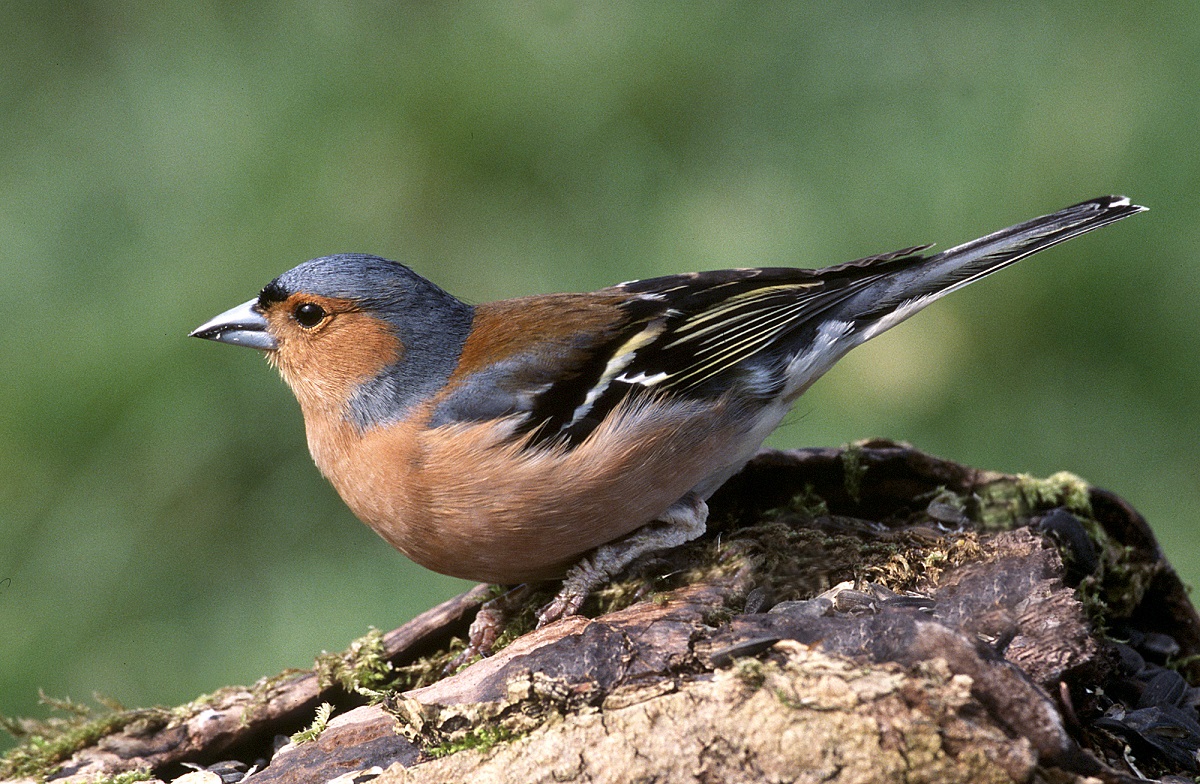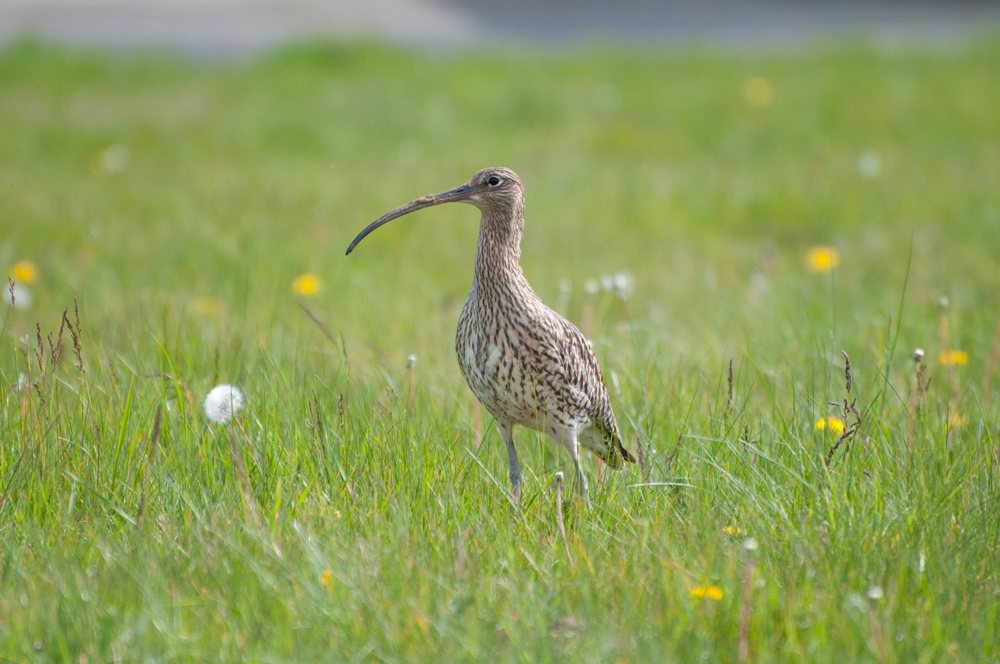BTO create and publish a variety of important articles, papers, journals and other publications, independently and with our partners, for organisations, government and the private sector. Some of our publications (books, guides and atlases) are also available to buy in our online shop.
Annual report of the Seabird Monitoring Programme
Seabird Population Trends and Causes of Change: 1986–2023
This report presents the latest seabird population trends in breeding abundance and productivity using data from the Seabird Monitoring Programme (SMP).
The report documents changes in the abundance and productivity of breeding seabird species in Britain and Ireland from 1986 to 2023, and provides a detailed account of the 2021, 2022 and 2023 breeding seasons.

Search settings
Climate change vulnerability assessment of species
Author: Foden, W.B., Young, B.E., Akçakaya. H.R., Garcia, R.A., Hoffmann, A.A., Stein, B.A., Thomas, C.D., Wheatley, C.J., Bickford, D., Carr, J.A., Hole, D.G., Martin, T.G., Pacifici, M., Pearce‐Higgins, J.W., Platts, P.J., Visconti, P., Watson, J.E.M. & Huntley, B.
Published: 2018
Assessing species' vulnerability to climate change is a prerequisite for developing effective strategies to conserve them. The last three decades have seen exponential growth in the number of studies evaluating how, how much, why, when, and where species will be impacted by climate change. We provide an overview of the rapidly developing field of climate change vulnerability assessment (CCVA) and describe key concepts, terms, steps and considerations.
11.10.18
Papers
Spatio-temporal dynamics and aetiology of proliferative leg skin lesions in wild British finches
Author: Lawson, B., Robinson, R.A., Rodriquez-Ramos Fernandez, J., John, S.K., Benitez, L., Tolf, C., Risely, K., Toms, M., Cunnigham, A.A. & William, R.A.J
Published: 2018
Leg lesions, more commonly known as ‘scaly leg’ or ‘tassel foot’ are growths on the legs of feet of finches. A study from the Zoological Society of London in collaboration with BTO, the Complutense University of Madrid and Linnaeus University, explores the causes, seasonality and distribution of one of the most notable diseases in wild birds in Britain.Leg lesions are one of the most commonly seen signs of ill health in British birds. Results from post-mortems on over a thousand finches have found that these leg lesions have two causes; a virus (Fringilla coelebs papillomavirus) and mites (Cnemidocoptes). The most frequently affected birds are Chaffinches but leg lesions have also been documented in other finch species.Weekly reports from BTO Garden BirdWatchers, as well as ad hoc sightings of disease from members of the public to Garden Wildlife Health, show that leg lesions in finches are widespread across the UK. However, reports of leg lesions increase during the winter period between November- March, at a time when we see an influx of Chaffinches from the continent, joining our breeding birds. The increase in migratory finches at this time might help to explain the increase in disease reporting rate in the winter months.We know that leg lesions, whilst distressing to see, often do not impede the birds and most of the time they behave normally, but in severe cases birds can become lame and will be increasingly vulnerable to predation. Currently there is no evidence that leg lesions pose a threat to conservation of wild finches. You can help reduce the spread of the disease in your garden by following good hygiene measures when feeding garden birds, such as regularly cleaning your feeders. For more information on how to prevent disease and to report disease in your garden see the Garden Wildlife Health website.
10.10.18
Papers

Evaluating the effectiveness of conservation measures for European grassland‐breeding waders
Author: Franks S.E., Roodbergen M., Teunissen W., Carrington Cotton, A., Pearce‐Higgins, J.W.
Published: 2018
Whether it is the swooping display and ‘pee-wit’ calls of a breeding Lapwing or the haunting cry of a Curlew over a tall hay meadow, breeding waders deliver some of the most iconic sights and sounds of the British countryside in spring. But, along with many of the other species breeding in agricultural habitats, all is not well with these charismatic birds, as BTO Research Ecologist Sam Franks reveals.
09.10.18
Papers


Spatial scales of marine conservation management for breeding seabirds
Author: Oppel S., Bolton M., Carneiro A.P.B., Dias M.P., Green J.A., Masello J.F., Phillips R.A., Owen E., Quillfeldt P., Beard A., Bertrand S., Blackburn J., et al
Published: 2018
25.09.18
Papers